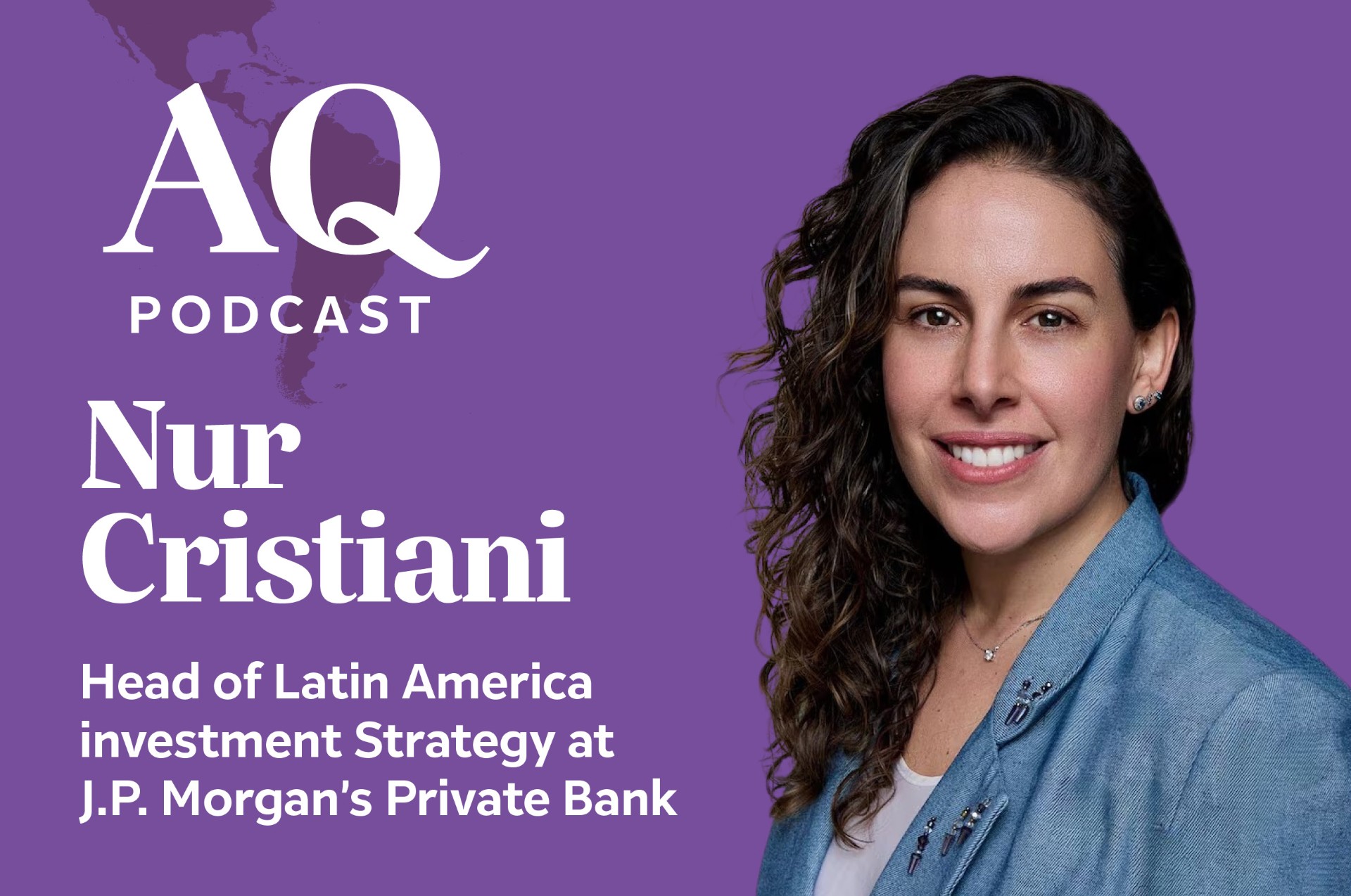U.S. Hispanics and the Benefits of Banking
U.S. Hispanics and the Benefits of Banking
Data reconfirms the worrisome trend that more must be done to facilitate Hispanics’ access to financial services, writes Adrián Franco, executive director of Qualitas of Life.
For most U.S. residents, it’s difficult to imagine a life without basic financial services. Writing a check, withdrawing cash from an ATM, and transferring money between accounts have become routine. Yet, there are more than 17 million residents in this country who do not have a relationship with a financial institution, with Hispanics accounting for a large share.
Particularly critical are greater efforts to provide first-generation Hispanic immigrants with access to financial services. This was again confirmed with a Federal Deposit Insurance Corporation study that looked at the number of households without a checking or savings account (unbanked) and those with an account but that still used costly alternative financial services such as check cashers or pawn shops (underbanked).
The result: A significant percentage of the U.S. population still does not fully benefit from banking services. Almost 18 percent of U.S. households—or 43 million individuals—are underbanked. In addition, 4.25 million individuals do not have an account at a financial institution or even use alternative services regularly, meaning cash is preferred in financial transactions.
The data also shows that considerably more Hispanics are unbanked and underbanked when compared to the general population. While only 7.7 percent of American households are unbanked, more than 19.3 percent of Hispanic homes do not have a checking or savings account. The national average for the underbanked is 17.9 percent and for Hispanics it is 24 percent. This means that 25.6 percent of American households are either unbanked or underbanked. For Hispanics, that number grows to 43 percent, or more than 5.7 million households.
Within the Hispanic demographic, the first-generation immigrant population is particularly worrisome. According to the FDIC study, more than 725,000 first-generation Hispanic households have never had a bank account—either in the United States or in their country of origin. This makes their incorporation into the mainstream financial system even more challenging.
This is a cause for concern not only for the Hispanic population, but for all Americans. Having a banking relationship produces many benefits that go beyond the possibility of writing a check or having access to ATM withdrawals. Studies have shown that it allows families to access other financial instruments, build credit history, and achieve financial security and long-term wealth. Moreover, specialists in immigration affirm that it is one of the key steps to achieving full integration into American society.
To tackle the crisis of unbanked and underbanked Hispanics, there has to be a comprehensive approach that incorporates financial education as well as the development of financial products that respond to the needs and characteristics of the Hispanic population. Financial institutions and educators must collaborate in creating initiatives that secure access to the mainstream financial institutions for all Hispanics. The benefits for the Hispanic population, as well for the whole U.S. financial system, will be evident in the short and long term.
Adrián Franco is Executive Director of Qualitas of Life, a nonprofit organization in New York focused on the financial education of Hispanic immigrants.








